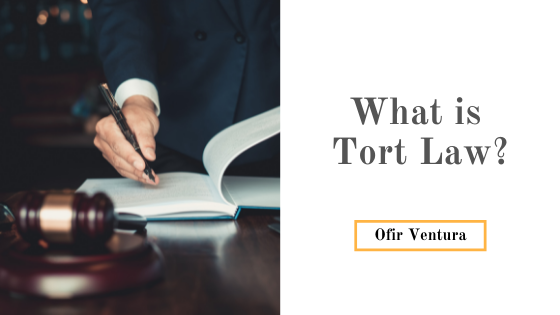The most common kind of law adjudicated in courts across America is tort law. The word tort stems from the Latin word “tortum” which means “wrong” or “injustice.”
Essentially, tort law is that which governs situations in which one party commits a “wrong” or harmful act on another party. This obviously encompasses a vast array of situations. Tort lawsuits are the biggest category of civil litigation.
In tort lawsuits, the injured party is called a “plaintiff.” The accused party is called a “defendant.” A tort law case is designed to determine whether a plaintiff should be held legally accountable for harm or injury suffered by a plaintiff at the hands of the defendant.
There are four elements to every tort case:
- Duty
- Breach of Duty
- Causation
- Injury
Furthermore, there are three main types of tort law:
- Intentional torts
- Negligence
- Strict liability
Intentional torts involve situations in which there may have been actions such as assault, trespass, battery, defamation, fraud, false imprisonment, intentional infliction of emotional distress and more.
Negligence torts involve things like a slip-n-fall, car, truck and other vehicle accidents, medical malpractice and more.
Strict liability is sometimes called absolute liability. It involves cases in which the responsibility for an injury or wrong can be pinned on a wrongdoer even if there is no proof of negligence or direct fault. All that matters is that an action happened, and a party was injured.
A good example of strict liability is when a person is harmed by a defective product. Another example is when a dog bites a person even though the owner did not want this to happen and even took pains to prevent it.
Tort law in the United States can trace its origins to what is called “common law” that developed in England beginning centuries ago in the Middle Ages. In those days, if one person harmed another, they went before a local official who had the power to decide who was to blame and who was not. The official’s ruling was final.
Over time and many thousands of cases, many of the same situations, standard ways to handle each case became “common.” This was also the origin of the legal term “precedence.” Once a common case was decided in a certain way many times over, that created “precedence.”

